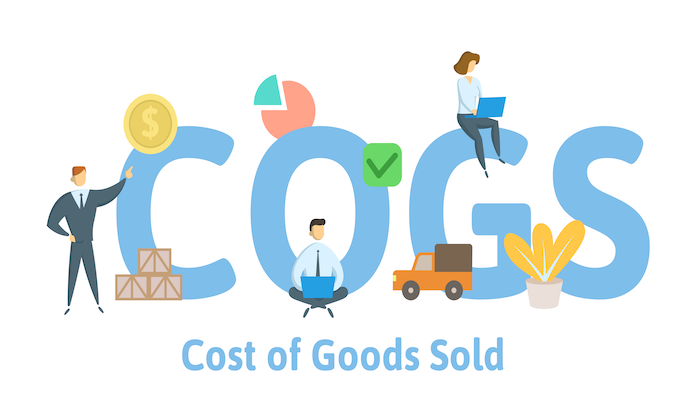Variable Cost Explained in 200 Words (& How to Calculate It)

By brbecker@hubspot.com (Braden Becker)
There’s a frustrating truth that every business deals with early into its growth: More money, more problems.
It seems counterintuitive — if sales and revenue are up, isn’t that a good thing? How are bigger profits a potential problem?
Put simply, it all comes down to the fact that the more you sell, the more money you need to spend. This includes marketing and sales campaigns to reach more customers, the production costs of more goods, and the time and money required for new product development.
Known as variable cost, this sales/spend ratio is something every business owner should understand, but online advice listicles and action plans often assume readers have an intrinsic knowledge of this concept rather than providing a working definition.
In this piece, we’ll clear up variable cost confusion: Here’s what you need to know about variable costs, how to calculate them, and why they matter.
Let’s examine each of these components in more detail.
Variable Cost Per Unit
The variable cost per unit is the amount of labor, materials, and other resources required to produce your product. For example, if your company sells sets of kitchen knives for $300 but each set requires $200 to create, test, package, and market, your variable cost per unit is $200.
Number of Units Produced
The number of units produced is exactly what you might expect — it’s the total number of items produced by your company. So in our knife example above,if you’ve made and sold 100 knife sets your total number of units produced is 100, each of which carries a $200 variable cost and a $100 potential profit.
Variable costs earn the name because they can increase and decrease as you make more or less of your product. The more units you sell, the more money you’ll make, but some of this money will need to pay for the production of more units. So, you’ll need to produce more units to actually turn a profit.
And, because each unit requires a certain amount of resources, a higher number of units will raise the variable costs needed to produce them.
Variable costs aren’t a “problem,” though — they’re more of a necessary evil. They play a role in several bookkeeping tasks, and both your total variable cost and average variable cost are calculated separately.
Total Variable Cost
Your total variable cost is the sum of all variable costs associated with each individual product you’ve developed. Calculate total variable cost by multiplying the cost to make one unit of your product by the number of products you’ve developed.

For example, if it costs $60 to make one unit of your product and you’ve made 20 units, your total variable cost is $60 x 20, or $1,200.
Average Variable Cost
Your average variable cost uses your total variable cost to determine how much, on average, it costs to produce one unit of your product. You can calculate it …read more
Source:: HubSpot Blog








